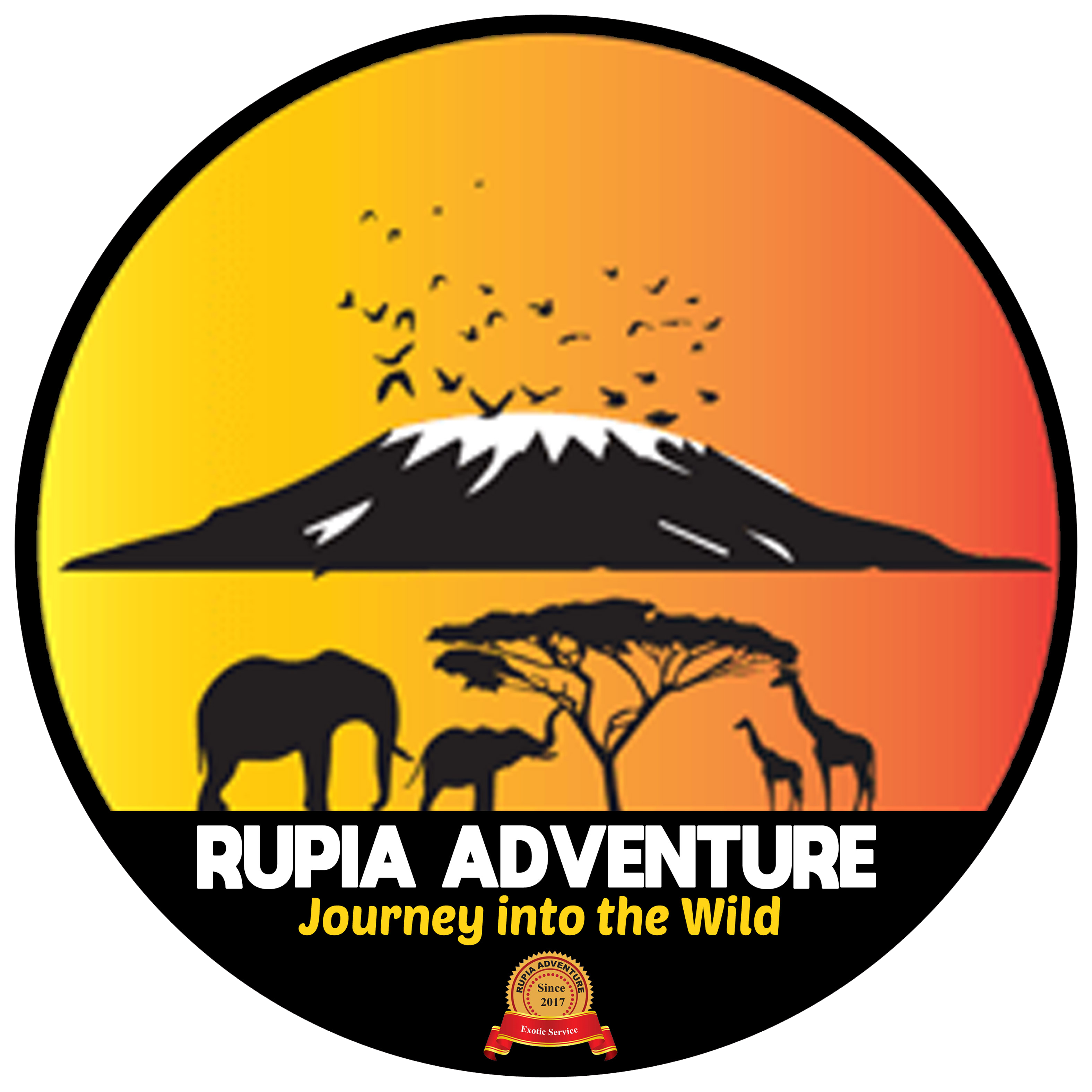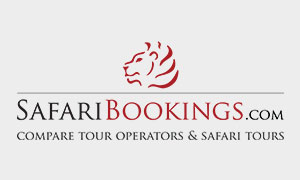TANZANIA PHOTOGRAPHY TOURS
The most awesome wildlife photography experience on Earth? Northern Tanzania is it! Serengeti and the adjacent, and almost equally famous, Ngorongoro Crater are so remarkable that one cannot do justice to this incredible place in words alone. Over two million large mammals live in this immense African wilderness that has miraculously survived, thanks to the remarkable understanding of the people of Tanzania, who despite all the pressures upon them have kept faith with the vision of the park’s founders. These vast herds still circulate across the Serengeti in the same way as they did when Man’s earliest ancestor’s walked these very plains, followed by their attendant carnivores in a cycle of life that has continued unbroken for millions of years. How incredible that we can still say this about any place on Earth at the beginning of the 21st century, when so much of our planet has been changed out of all recognition!
We will explore this amazing part of Tanzania in Landrovers or Landcruisers that have been specially adapted for safari work, and are ideal for photographers with their large roof hatches.
As well as being a fantastic experience in its own right (chatting round the campfire under African skies, quite possibly with Lions roaring in the distance, is something one never forgets!), being on safari in Tanzania is made even more special on our Wild Images photography adventures because we are based in remote yet luxurious or very comfortable safari lodges.
Staying in these fabulous locations, in a comfort one hardly expects in a wilderness area, will get us right in amongst a fabulous selection of large mammals, including such dramatic and highly photogenic subjects as Lion, Leopard and the incomparable Cheetah, never mind a sea of gnus, zebras and gazelles.
The awesome gathering of the wildebeest (or gnus) and zebras on the shortgrass plains of the southeastern Serengeti occurs between February and April each year, while much of the local birdlife comes into breeding plumage in March and April and the landscape becomes greener and more photogenic as intermittent rain starts to influence the plains. In our view March/April is absolutely the time to visit Serengeti and Northern Tanzania in general for wildlife photography. There is simply no comparison with the other months of the year.
We will start our wildlife photography adventure at Kilimanjaro, the site of the only international airport in the north of Tanzania, from where we head westwards towards the famous Ngorongoro Crater.
We will break the journey to the Crater Highlands with a first stop for photography at Lake Manyara National Park, spectacularly situated at the bottom of the Great Rift Valley. Famous for its waterbird spectacle, Manyara also holds a good selection of other wildlife, including African Elephants. African Buffalos and Lion.
Manyara will, however, provide just a foretaste of the glories to come, for our next destination in Northern Tanzania is the spectacular Ngorongoro Crater, both a scenic and a wildlife wonder of the world. Here we will have what will seem like an endless series of wonderful wildlife photography encounters, many at very close range, as most of the wildlife in the crater has become extraordinarily unafraid of vehicles. Pride of place here amongst the photography possibilities goes to the critically endangered Black Rhinoceros, but other wildlife stars include Kori and Black-bellied Bustards, flocks of pink flamingoes, large groups of Olive Baboons, Ngorongoro’s Lions and Spotted Hyaenas, huge old tuskers and some marvellous Hippopotamuses.
After this wonderful experience we will descend from the Ngorongoro Crater Highlands into the endless plains of the southeastern Serengeti. We shall be visiting the area at the prime season for wildlife photography, when the rains have usually turned the entire area from a parched thirstland into a green paradise that attracts over a million large mammals, the great majority being Blue Wildebeest, Burchell’s Zebras and Thomson’s Gazelles, to the shortgrass plains. Here we will be based first in the south-central part of Serengeti National Park and finally in the famous Lake Ndutu area, probably the finest Serengeti wildlife photography area of them all.
At this time of year the number of predators and especially big cats has reached a maximum, so we are certain to be able to spend plenty of time with both Lions and Cheetahs, and we should also have some Leopard encounters, as well as chances for Servals and Wild Cats.
The rich wildlife of the Serengeti is awesome enough, but the whole photography experience is made even more special by the amazingly beautiful scenery, with dramatic cloudscapes and sunsets, seas of bright green and tawny grass, those evocative flat-topped acacia trees, and granite kopjes and distant mountain ridges rising above the plains.
By the time we end our African odyssey we will have seen and photographed so many wildlife and scenic wonders that it will be hard to appreciate that all this has happened to us in just under two weeks! Northern Tanzania will produce vivid, unfading memories and photography encounters that one will treasure for the rest of one’s days.
Accommodation & Road Transport
The safari lodges we use in Tanzania are of a very good standard throughout and are often wonderfully situated.
Road transport is by Landrover or Toyota Landcruiser 4×4 and main roads are mostly good or reasonable (but there are also plenty of rough tracks in the sanctuaries and some ‘off-road’ driving). We will have a maximum of five group members in the vehicle, which has a large opening roof hatch for all-round visibility.
Walking
The walking effort during our Tanzania wildlife photography tour is very easy throughout. Walking is restricted to a few specified areas in the national parks/game reserves. This is of little hindrance and indeed we can approach many large birds and mammals far more closely in a vehicle than we could on foot.
Climate
Most days in this region of Tanzania will be warm or hot, dry and sunny, but overcast conditions are fairly frequent and there may well be some rain. At higher altitudes temperatures are cool to warm.
Photographic Equipment
If you use a DSLR for wildlife photography you should bring telephotos (and converters) that will (with a full-frame body) cover the range 200-500mm or 600mm or more. You will also find a wide angle lens good for landscape photography. There will be only limited opportunities to use a macro lens. If you bring a good quality bridge camera it will be best if it has an optical zoom of 18-20x or more, combined with a reasonable wide-angle at the other end of the zoom range.
Be sure to bring plenty of spare battery power. Dust is ever-present in Tanzania, so cleaning equipment is important. A beanbag can be very useful here for wildlife photography from the vehicle. If you would like to talk over suitable equipment, please contact our office. We will be happy to advise.
Photographic Highlights
- The incredible scenery and wildlife of the Ngorongoro Crater
- Close encounters with fabulous Cheetahs on the Serengeti Plains
- The amazing spectacle of thousands and thousands of wildebeeste and other large game
- Repeated encounters with prides of Lions, often with cubs and full-maned males
- A good chance of photographing the usually timid and retiring Leopard
- Transport by extended safari Landrover or Toyota Landcruiser with large opening roof hatch. The perfect photography platform that can go anywhere
- Maximum just 5 group members in the vehicle and a window seat for everyone
- Only one vehicle and a very small group size for the best possible photo safari experience










